This post may contain affiliate links, from which we earn an income. Click here to read our affiliate policy.
Top Italian Cities for your next Europe trip
Italy, a land of romance, history, and unparalleled beauty, is one of Europe’s top dream travel destinations and home to some of the most enchanting cities in the world.
The big cities and towns in Italy offer a unique blend of culture, architecture, and charm that captivate every traveler. Whether you are wandering cobblestone streets, savoring Renaissance art, or gliding through canals, each city has its own story and magic to share, perfect for your next trip to Italy.
In this Italy travel guide, we’ll take you on a journey through the best cities in Italy to visit and fall in love with, uncovering hidden gems, iconic landmarks, and experiences for an unforgettable Italian adventure.
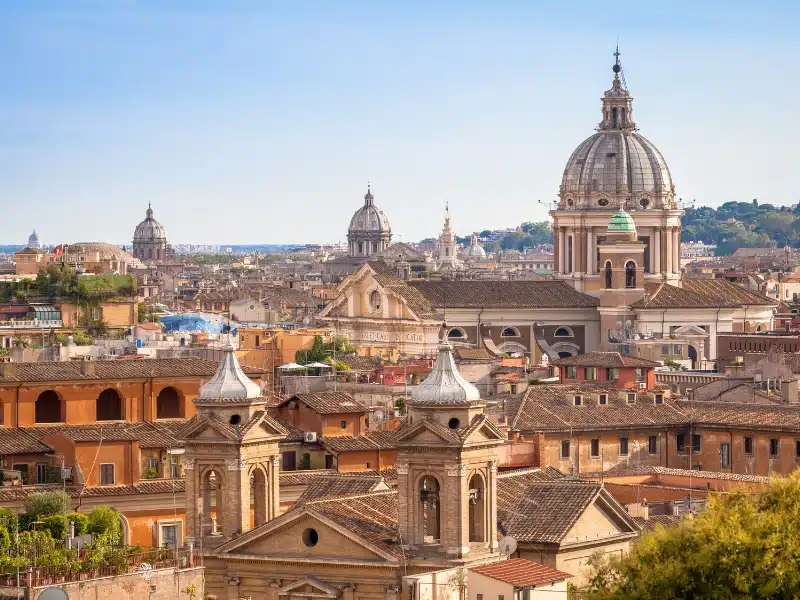
Top Italian Cities to Visit
These cities have all made it onto our Italy trip planning list because we did truly fall in love with them when we visited. We hope you feel the same when you visit.
1. Florence: The Cradle of the Renaissance
One of Italy’s most visited cities, Florence is in the heart of Tuscany and is breathtakingly perfect.
Florence offers so many must-see attractions that it’s hard to name them all. But you should visit the famous landmarks of the Cathedral of Santa Maria del Fiore, known for Brunelleschi’s Dome, the Uffizi Gallery, one of the most famous art museums in the world, Ponte Vecchio, the medieval bridge over the River Arno, and Michelangelo’s David in the Galleria dell’Accademia.
The historic center of Florence is perfect for exploring, with lesser-known squares and streets that reveal hidden gems. You’ll discover the famous Italy aesthetic, historic architecture, elegant sculptures, and forgotten churches as you wander.
Good to Know: Because of its perfection, Florence can get uncomfortably busy, especially in summer. Plan your Italy trip in the shoulder seasons, or even in winter, for a more pleasant experience, and book all your activities and tickets in advance.
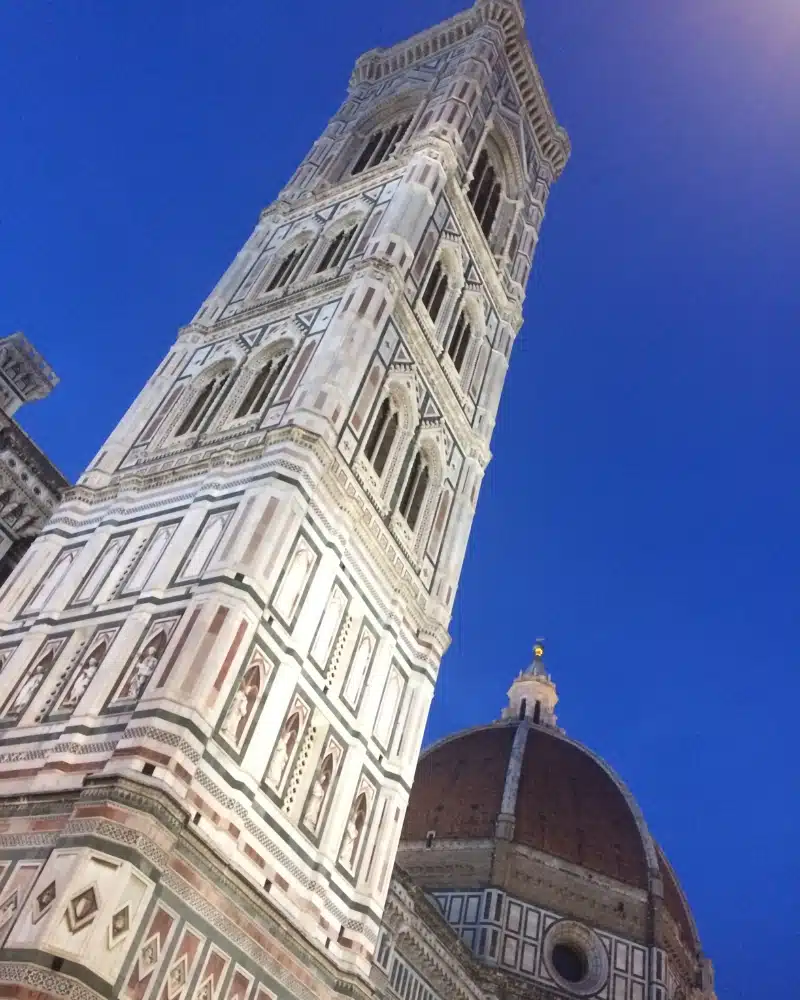
Is this your first time to visit Italy? Get all the information you need in our Italy Travel Guide, including what to pack, the best time of year to go, getting there, and practical Italy travel tips to help you have the best trip!
2. Rome: Italy’s Capital City
Rome, the Eternal City, is a breathtaking blend of ancient history and vibrant modern culture. As you wander through its ancient streets, you’ll discover iconic landmarks such as the Colosseum, the Roman Forum, and the Pantheon, each telling stories of Rome’s rich past.
The Vatican, a tiny landlocked sovereign country with St. Peter’s Basilica and the awe-inspiring Sistine Chapel, showcases some of the world’s most magnificent art and architecture.
While the famous (but very busy) Spanish Steps and Trevi Fountain should be seen, much of Rome’s charm lies in its bustling piazzas, charming neighborhoods like Trastevere, and lively markets that offer a taste of local life.
Good to Know: Like Florence, Rome is overcrowded in the Italian summer. Start your day early for the best light and take your images of Rome’s iconic skyline from the Terrazza Viale del Belvedere observation deck.
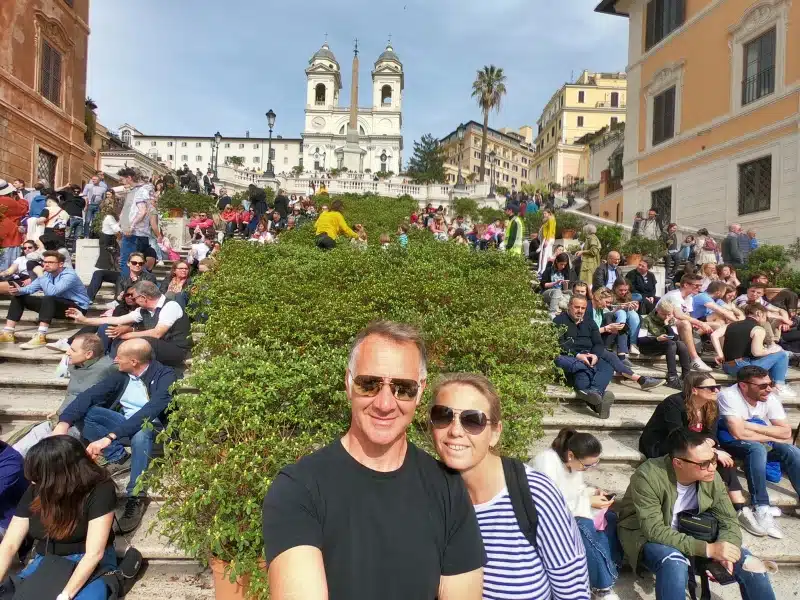
3. Siena: The Red City
Siena is a beautifully preserved Tuscan city boasting a UNESCO historic center centered around the stunning Piazza del Campo. This fan-shaped square hosts the exhilarating Palio horse race twice a year.
Siena’s colorful buildings are in hues of red, yellow, and brown. Its Gothic architecture is epitomized by the magnificent cathedral, the Duomo di Siena, adorned with intricate facades and impressive art.
As you stroll through its labyrinthine streets, you’ll discover hidden treasures, from quaint cafés and artisan shops to carved wooden doors, historic palaces, and gorgeous churches.
Good to Know: If you’re driving to Siena, plan your parking in advance, as only cars with permits, buses, and taxis are allowed into the city center.
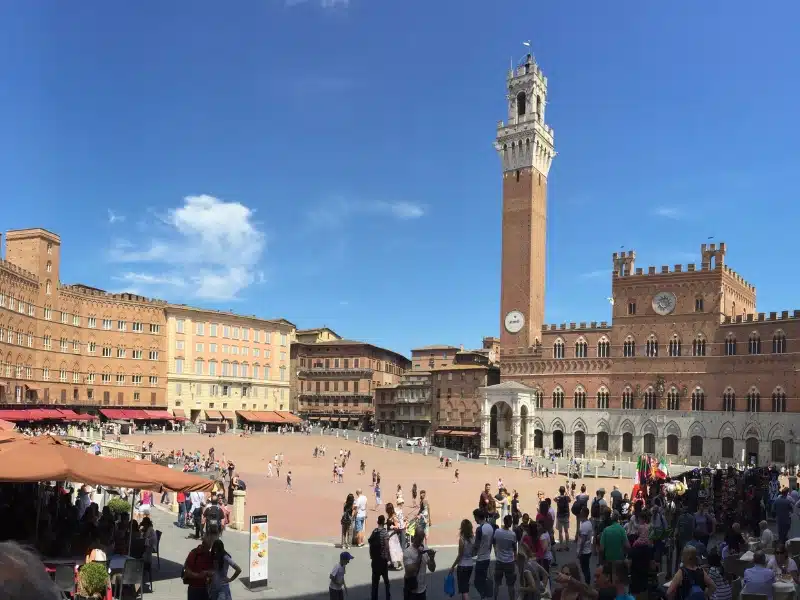
4. Milan: The Fashion City
Milan, Italy’s fashion and financial capital, is a city where modern sophistication meets historical grandeur. Known for its cutting-edge design and world-class shopping, Milan is home to the iconic Galleria Vittorio Emanuele II, one of the world’s oldest and most beautiful shopping malls.
The city’s skyline is a mix of ancient and contemporary, dominated by the stunning Gothic Duomo di Milano, with intricate spires and panoramic views. Art enthusiasts flock to see Leonardo da Vinci’s masterpiece, The Last Supper, housed in the Convent of Santa Maria delle Grazie.
Milan’s vibrant cultural scene includes the renowned La Scala opera house and numerous museums and galleries. With its stylish cafés, bustling aperitivo scene, and a constant pulse of creativity, Milan is an experience that’s both cosmopolitan and deeply rooted in Italian tradition.
Good to Know: You must book to see The Last Supper months ahead. If you’ve missed that deadline, try booking a guided tour that also includes a visit to the painting, as these are more likely to have spots left.
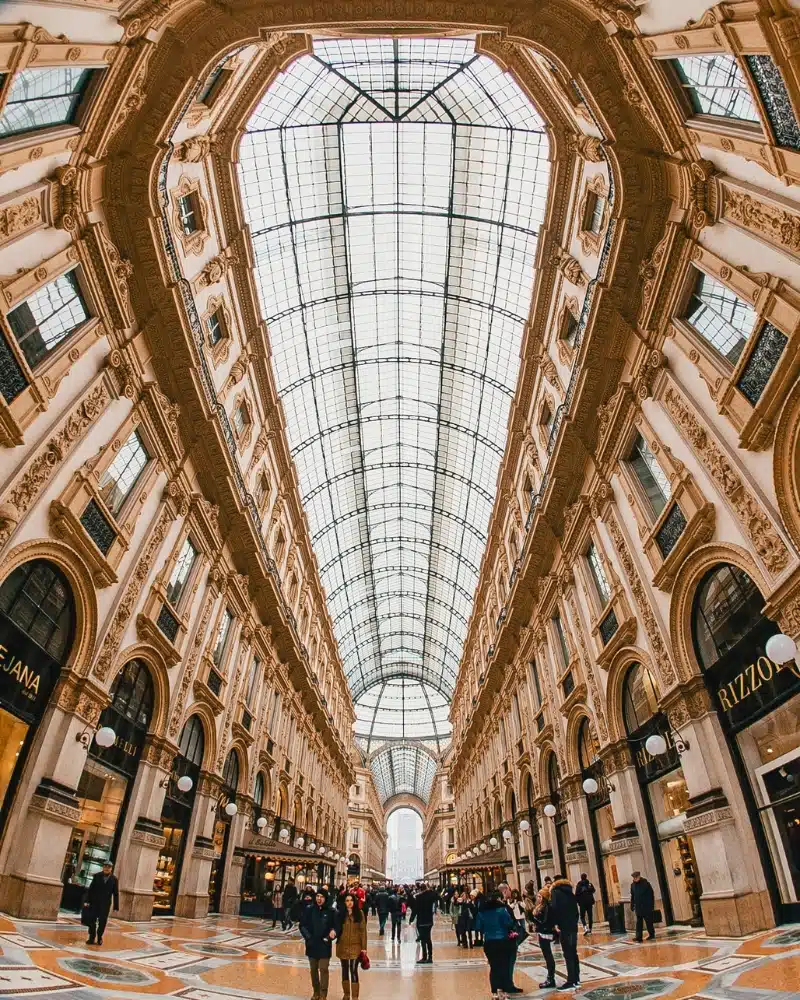
5. Palermo: The Sicilian Capital
A complex city, Palermo has been a crossroads between East and West for millennia. With dazzling Greek, Roman, Arab, and Norman architecture, secret squares, chaotic markets, and Italy vibes aplenty, any visit to Palermo is exhilarating.
The magnificent Palermo Cathedral, with its mix of architectural styles, and the stunning Palatine Chapel, adorned with dazzling mosaics, are must-see landmarks. Palermo’s street food scene is legendary, offering local specialties like arancini (fried and stuffed risotto balls), panelle (chickpea fritters), and cannoli (a filled tube-shaped pastry)that tantalize the taste buds.
The city’s vibrant markets, such as Ballarò and Vucciria, are perfect for experiencing the local way of life. You can choose your fresh fish or meat and have it cooked before you to be eaten at a table in the open air, or simply wander and take in the colors, sounds, and smells.
Good to Know: If you take a horse and carriage ride, agree on the price and length of your trip before boarding. At the end of the ride, you may still be asked for an additional tip “for the horse!”
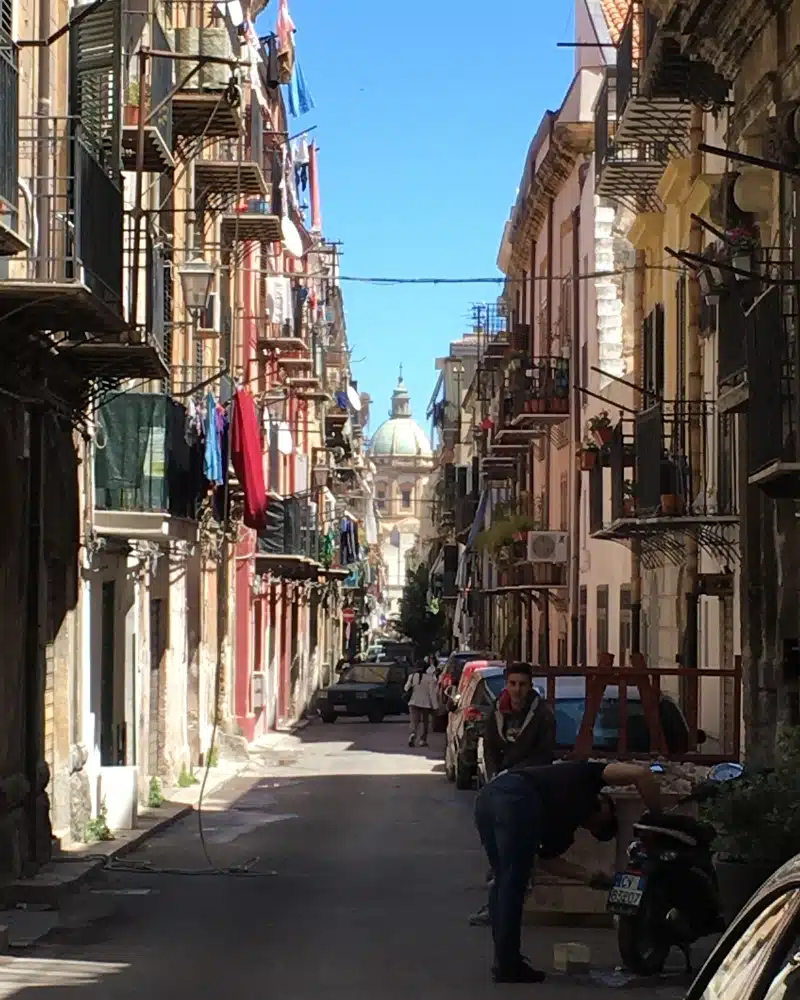
6. Venice: The City of Bridges
Venice, the enchanting city of canals, is a place like no other. Venice is a marvel of engineering and beauty built on a network of over 100 small islands in a lagoon.
The city’s narrow streets, many bridges, and canals are best explored by foot, where you’ll find stunning sights at every turn.
The iconic St. Mark’s Square, with its magnificent basilica and towering campanile, is the heart of Venice, bustling with life and history. The Grand Canal, lined with ornate palazzi and crossed by the elegant Rialto Bridge, offers a picturesque backdrop. Art and history lovers will be mesmerized by the masterpieces in the opulent Doge’s Palace.
Boats take regular trips to the islands of Burano, famous for glass-making and its brightly painted houses; Murano, known for its lace-making; and Torcello, home to the Venetian-Byzantine Cathedral of Santa Maria Assunta.
Good to Know: Unless a gondola ride is high on your bucket list, save your cash and opt for a water taxi or water bus. The experience will be similar at a fraction of the price.
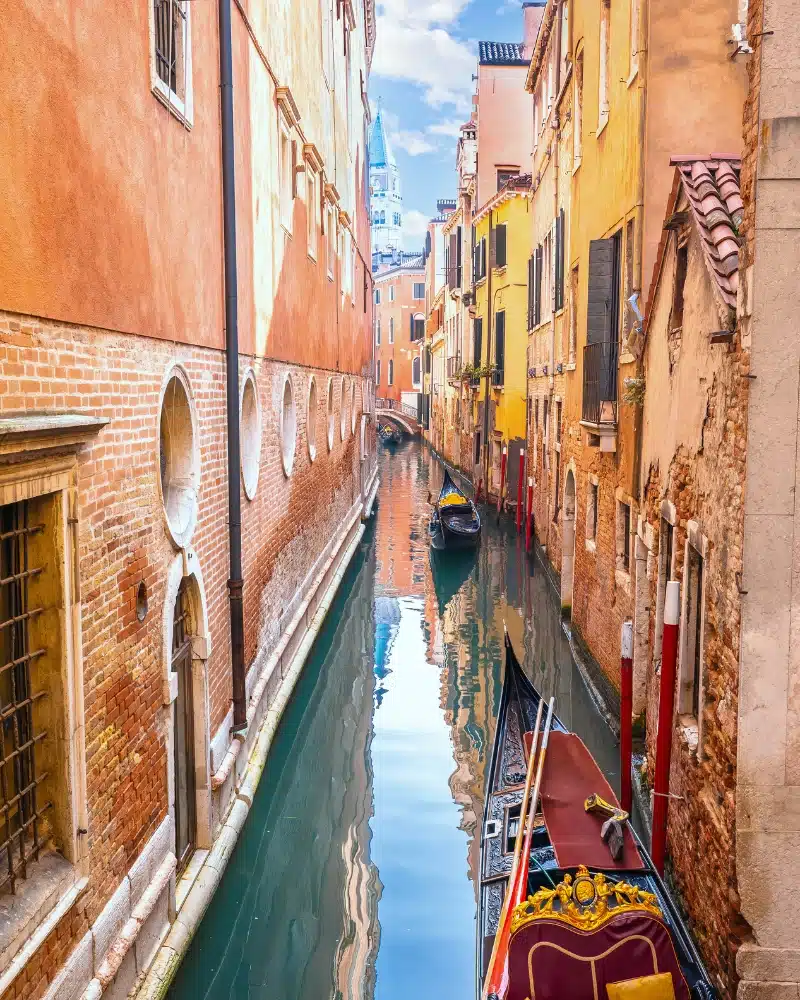
7. Naples: The Birthplace of Pizza
Naples, a city pulsating with energy on the stunning Bay of Naples, offers an authentic taste of Italian life. Its culinary scene is unrivaled, with mouthwatering street food and world-class pizzerias around every corner.
The historic center, a UNESCO World Heritage Site, is a tangle of narrow streets, grand piazzas, and hidden treasures like the Naples Cathedral and the Cloister of Santa Chiara. The city’s museums, such as the National Archaeological Museum, house some of the finest collections of Greco-Roman artifacts.
Just a short drive away, you can explore the ruins of Pompeii and Herculaneum, offering a poignant glimpse into ancient Roman life, or climb Mount Vesuvius, one of Italy’s three active volcanoes.
Good to Know: On every first Sunday of the month, all state-run museums and archaeological parks are free to enter. This includes Pompeii, Herculaneum, and Gallerie d’Italia, among others. You can find a full list here.
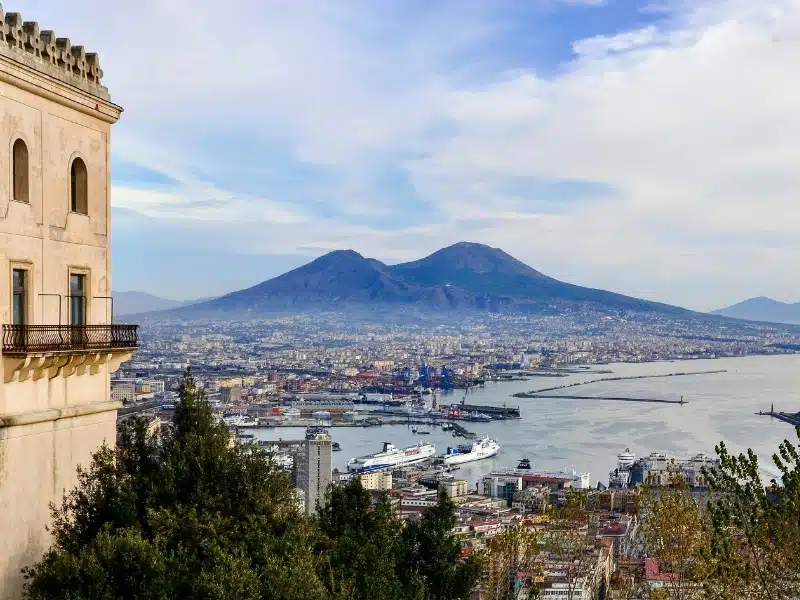
Make sure you have travel insurance you can trust when visiting Italy. We recommend True Traveller for their 5-star TrustPilot reviews, variety of cover options, best activities cover as standard, great prices, and excellent service.
8. Verona: The City of Romeo & Juliet
Verona, on northern Italy is a city steeped in romance and history, is best known as the setting for Shakespeare’s timeless tragedy, Romeo and Juliet. Wandering through Verona’s charming streets, you’ll encounter Juliet’s House, complete with the famous balcony that has inspired countless love stories.
In the heart of the city, the Arena di Verona is one of the best-preserved Roman amphitheaters in the world. Built in the 1st century AD, it once hosted gladiatorial contests. Today, it presents world-renowned opera performances such as Aida, Carmen, Rigoletto, and La Traviata.
The city’s historic center, a UNESCO World Heritage Site, is dotted with beautiful piazzas, medieval churches, and elegant palaces. Piazza delle Erbe, the lively heart of Verona, brims with market stalls, cafés, and stunning frescoes.
Good to Know: You can’t avoid the Arena Opera Festival held in June, July, and August if you’re a summer visitor. But make sure to book your accommodation well in advance, as the festival welcomes thousands of additional visitors daily.
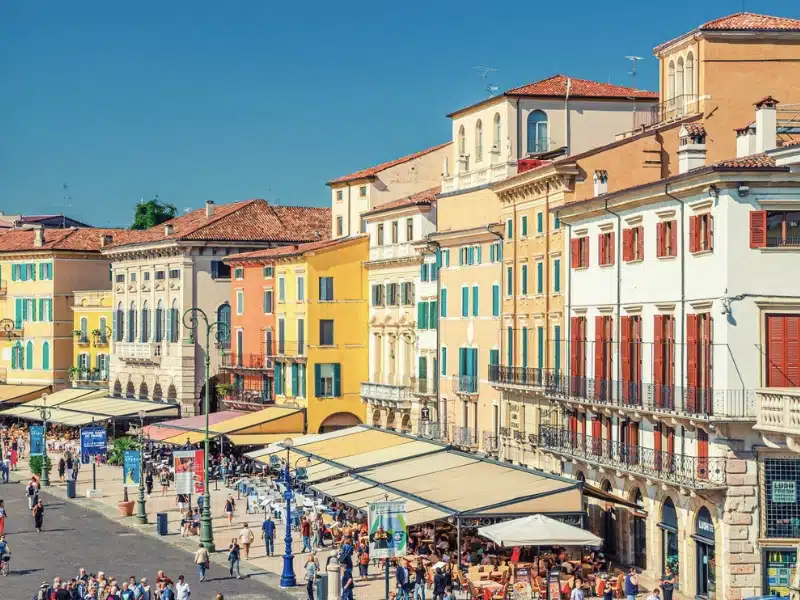
9. Bologna: The Food City
One of the most underrated cities in Europe, Bologna is a sumptuous celebration of architecture and cuisine in the Emilia-Romagna region. Known as ‘La Rossa, La Grassa e La Dotta,’ meaning the red (for its left-leaning culture ), the fat (for its culinary status), and the learned (for its historic university), Bologna has much to offer.
Food enthusiasts can embark on a Bologna food tour, visit sfoglinas (pasta makers) in their tiny kitchens, sample local produce like Parmigiano Reggiano, Prosciutto, and Balsamico di Modena at Mercato delle Erbe, and taste the cheese and ham of the region at one of the many delicatessens in town.
The iconic medieval towers and UNESCO-listed porticoes are an architectural highlight. Stroll through the city to explore Bologna’s historical identity and discover the cafés, wine bars, and boutiques that now occupy the buildings behind the shady structures.
Good to Know: Bologna is a much more budget-friendly city than its near neighbors Florence and Venice, making it an excellent base for touring the region.
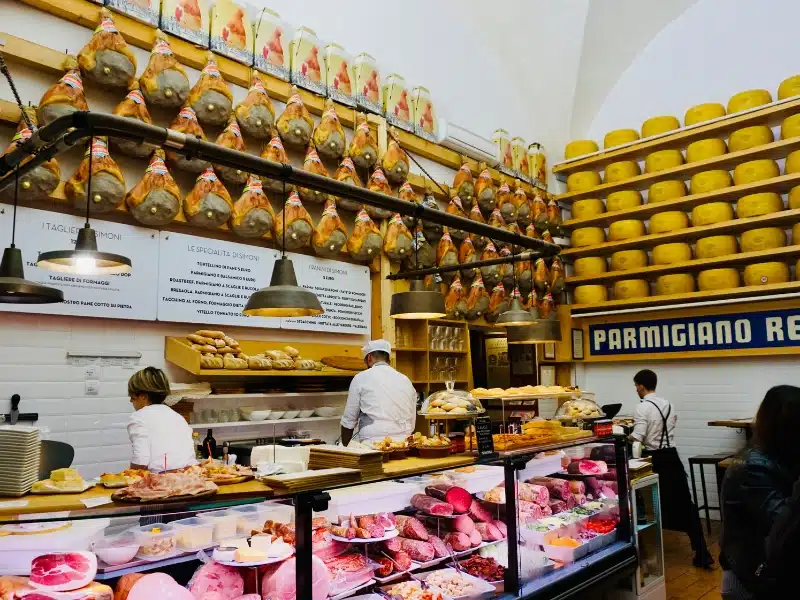
10. Bari: The Levant City
Bari, a busy port city on the Adriatic coast of Puglia, has a vibrant Mediterranean atmosphere and an authentic charm shaped by its history as a trading post on the eastbound Silk Road and vibrant Mediterranean atmosphere.
The heart of Bari beats in its old town, where narrow winding streets open onto lively piazzas lined with centuries-old buildings. One of the city’s highlights is the Basilica di San Nicholas, an impressive Romanesque church that houses the relics of Saint Nicholas, the inspiration behind Santa Claus. Nearby, the Castello Svevo (Swabian Castle) stands as a medieval fortress overlooking the Adriatic Sea, with panoramic views of the coastline and the city.
Bari’s waterfront, especially along the Lungomare Nazario Sauro, invites leisurely strolls. The city’s vibrant street markets, like the Mercato Coperto, beckon with fresh produce, seafood, and local street food, perfect for sampling Apulian flavors.
Good to Know: One day in Bari is enough to see the top sights and get a flavor of the city. You could make it a base, but it’s too far north for day trips into Puglia. We would recommend staying in Lecce instead.
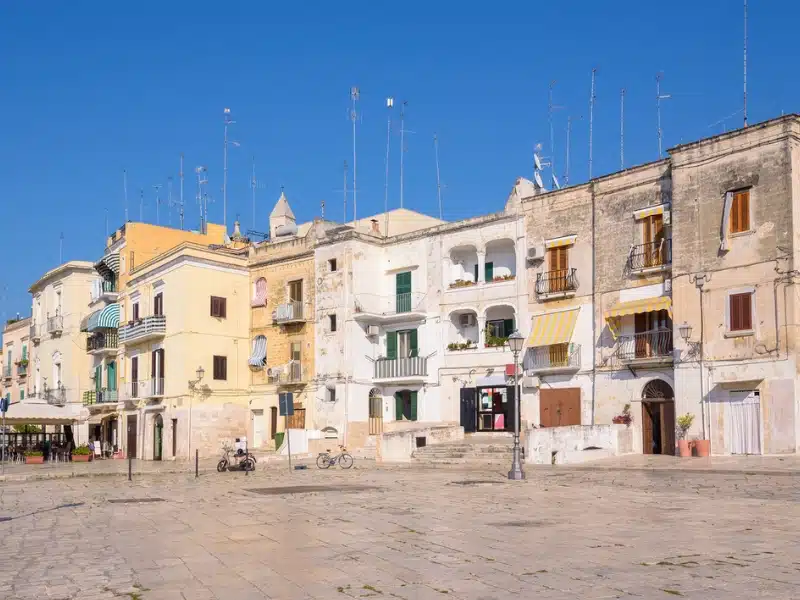
11. L’Aquila: Abruzzo’s Hidden Gem
L’Aquila, the capital city of the Abruzzo region, is a gorgeous medieval town surrounded by the Apennine Mountains. The city is situated on a hillside in the middle of a narrow valley and is a maze of narrow streets lined with Baroque and Renaissance buildings, churches, and elegant piazzas.
Earthquakes have shaped the history of L’Aquila, as the city is situated on an ancient dry lake that amplifies seismic activity. Less than 90 minutes by car drive from Rome, the city is sparsely visited by tourists and is a hidden gem waiting to be discovered.
Don’t miss the Fountain of the 99 Spouts and the Renaissance castle of Forte Spagnolo during your visit, and if you have time, the nearby Navelli Plateau is worth a visit for its fields of saffron crocuses which give Abruzzo its name: ‘the land of yellow gold’.
Good to Know: L’Aquila is surrounded by the Gran Sasso-Monti della Laga National Park, a wild and ruggedly beautiful area. If you have time, get into nature for a hike or drive through the park.
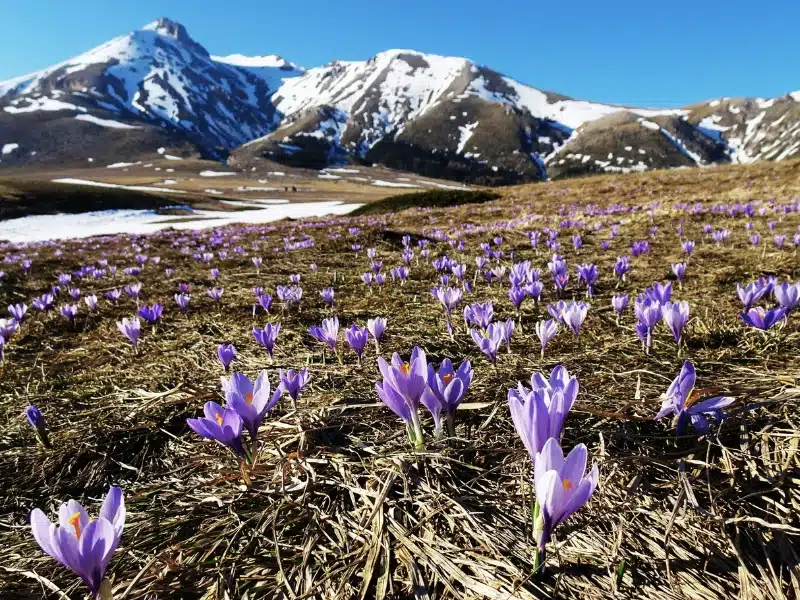
Looking for the best SIM card deals in Europe for your trip? Check out our guide to the best data SIMs in Europe and get the best deal for your trip to Italy.
12. Matera: The Cave City
A unique destination in southern Italy, Matera is best known for its extensive Sassi di Matera cave dwellings, which have been inhabited for centuries.
By the early twentieth century, the city was known for its extreme poverty; until the 1950s, hundreds of families lived in overcrowded cave houses. The situation became a national scandal, and the residents were forcibly moved to modern buildings on the plateau above.
By the 1980s, Matera’s abandoned caves were no longer scandalous but fascinating reminders of the past. Some displaced residents moved back and renovated the old cave houses, and in 1993, Matera became a UNESCO site for being ‘the most outstanding, intact example of a troglodyte settlement in the Mediterranean region, perfectly adapted to its terrain and ecosystem’.
Good to Know: Staying overnight in a cave house is a highlight of any Matera trip. From basic accommodation to caves with air-conditioning and luxury amenities, there’s a cave house for all types of visitors!
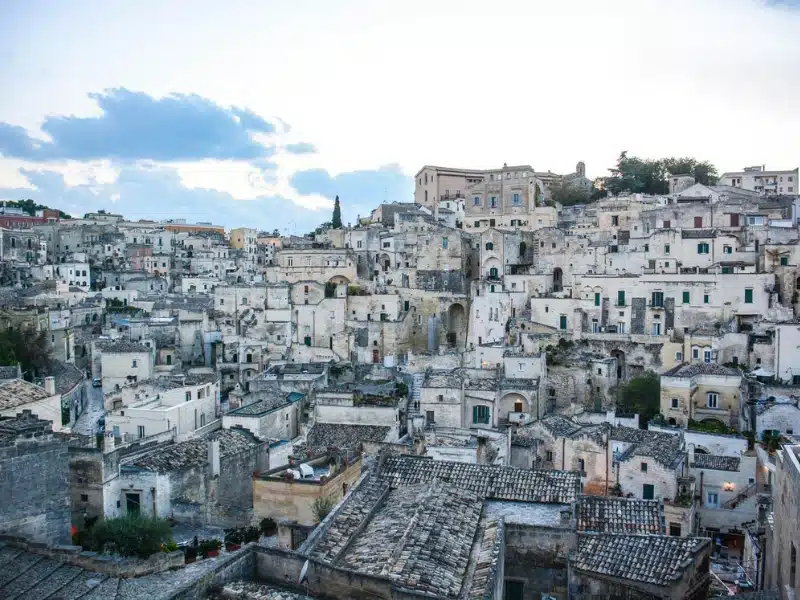
13. Perugia: Umbria’s Capital City
Perugia is a delightful blend of ancient history, artistic richness, and natural beauty. Set atop a hill with panoramic views of the surrounding countryside, Perugia boasts a well-preserved medieval center characterized by winding streets, arched passageways, and historic palaces.
One of the city’s most iconic landmarks is the Palazzo dei Priori, a medieval palace that houses the National Gallery of Umbria. The gallery features an impressive collection of Renaissance paintings and religious art. Nearby, the Gothic Cathedral of San Lorenzo dominates the skyline with its intricate facade and ornate interior.
Local culinary specialties such as porchetta (roast pork), truffles, and traditional Umbrian pastries tempt visitors at every turn. Surrounded by rolling hills carpeted with vineyards, Perugia is also celebrated for its Montefalco Sagrantino, a delicious red wine.
Good to Know: The center of Perugia is quite hilly, but a tram and a series of escalators make getting around easy.
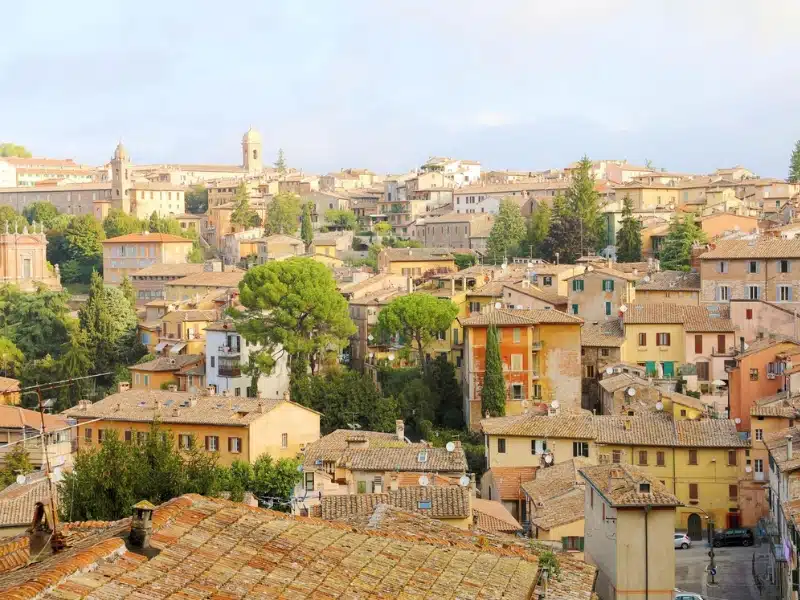
14. Sorrento: Gateway to the Amalfi Coast
Sorrento is a picturesque town perched on cliffs overlooking the azure waters of the Bay of Naples, with breathtaking views of the Mediterranean and nearby Mount Vesuvius. The historic center is a maze of alleyways and ancient architecture, with highlights such as the 11th-century Sorrento Cathedral, bustling Piazza Tasso, and the tranquil Cloister of San Francesco.
Sorrento is also known world-famous limoncello, made from the region’s fragrant lemons. Local restaurants serve up delicious seafood dishes and traditional Italian fare, offering an authentic taste of the Mediterranean. The town’s lively markets and artisanal shops are perfect for picking up unique souvenirs and enjoying the local flavors.
For those looking to explore beyond Sorrento, the town serves as an ideal base for exploring the Amalfi Coast, Positano, Ravello, and Capri, with scenic hikes, boat trips, and day tours on offer.
Good to Know: There are no beaches here, but the cliff-backed shore is lined with beach clubs on wooden platforms. The cost of entry included loungers, and you can enter the inviting sea using the ladders provided.
More Italian Travel Ideas
15. Turin: Capital of Piedmont
Off-the-beaten-path Turin is known for its elegant Baroque architecture. It boasts landmarks like Piazza Castello, the Royal Palace, and the Cathedral of San Giovanni Battista, home to the Shroud of Turin. The Mole Antonelliana, an iconic symbol, houses the National Museum of Cinema.
The city is a cultural hub with world-class museums such as the Egyptian Museum, the Galleria Sabauda, and the Museo Nazionale dell’Automobile. Famous for its chocolate, particularly the ingot-shaped gianduiotto, and traditional bicerin, a hot drink of coffee, chocolate, and milk, Turin’s culinary scene also features local dishes like agnolotti and risottos paired with regional wines like Barolo.
In the foothills of the mighty Alps, Turin offers plenty of opportunities for outdoor activities, from hiking and mountain biking to skiing. The Alps are also west of the city, making for incredible sunsets!
Good to Know: Head up to Monte dei Cappuccini above the Chiesa della Gran Madre di Dio for the best views. After a 10-minute uphill walk, you’ll be rewarded with panoramic views over the city with the picturesque Alps in the distance.
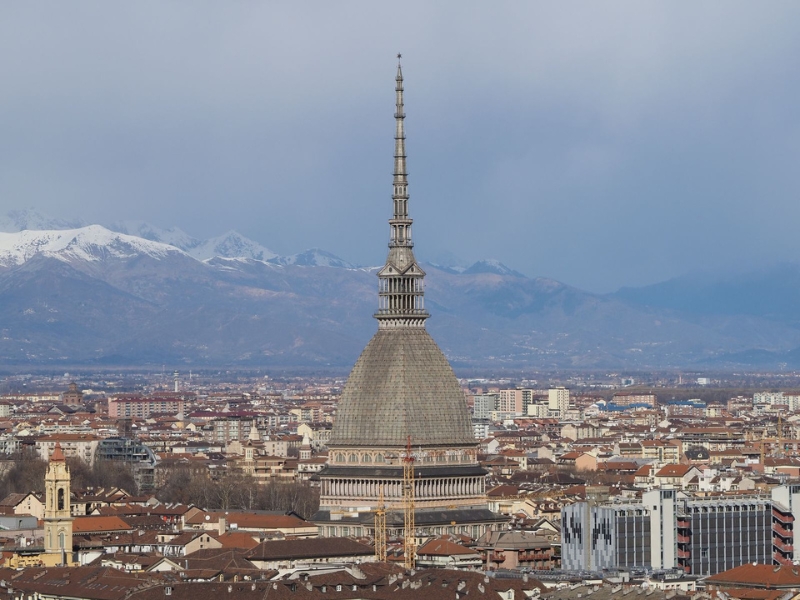
16. La Spezia: Gateway to Cinque Terre
La Spezia is a charming port city and gateway to the fabulous Cinque Terre. Known for its picturesque waterfront and historic architecture, its cuisine, museums, and markets showcase the city’s deep connection with the sea.
The city’s historic center is a maze of narrow streets and colorful buildings, where you can explore landmarks such as the 13th-century Castello San Giorgio. The city’s numerous museums, including the Naval Technical Museum and the Amedeo Lia Museum, showcase its rich maritime history and impressive art collections.
La Spezia’s excellent transport links make it an ideal base for exploring the Cinque Terre, a UNESCO World Heritage Site comprising five picturesque villages nestled along rugged cliffs. Regular trains and boat services connect La Spezia to these charming coastal towns, each offering its own unique charm and breathtaking scenery.
Good to Know: Grab a Brioche con Gelato, a brioche sandwich stuffed with gelato! I’m not convinced that bread and ice cream go together, but when in La Spezia…
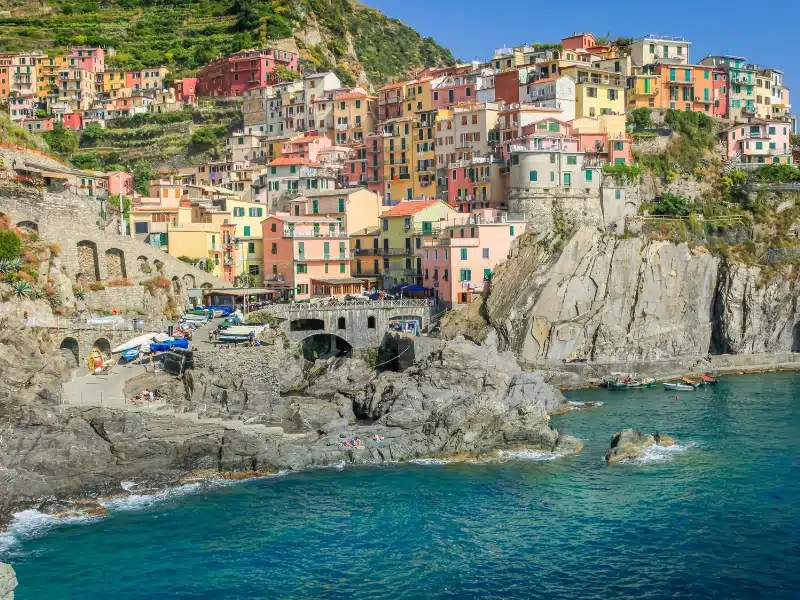
17. Arezzo: The City of Gold
Arezzo, a charming city in Tuscany, is known for its historic center with its well-preserved medieval buildings, including the stunning Piazza Grande, and several remarkable churches: the Basilica of San Francesco, renowned for Piero della Francesca’s fresco The Legend of the True Cross and the Cathedral of Arezzo, with beautiful stained glass windows and intricate carvings.
The Etruscan residents of Arezzo were skilled goldsmiths, and their artistic heritage is celebrated not only in the city’s nickname but also in the Museo Archeologico Nazionale Gaio Cilnio Mecenate, which showcases Roman and Etruscan artifacts.
Arezzo’s culinary scene highlights traditional Tuscan cuisine, with dishes like ribollita, a traditional soup of bread and vegetables, and pappa al pomodoro, a bread soup with tomatoes, and locally produced wines like Chianti, Sangiovese, and Syrah.
Good to Know: La Giostra del Saracino is a medieval jousting event that takes place twice a year in Piazza Grande on the last Saturday of June and the first Sunday of September. If you don’t like crowds, you may wish to avoid the spectacle!
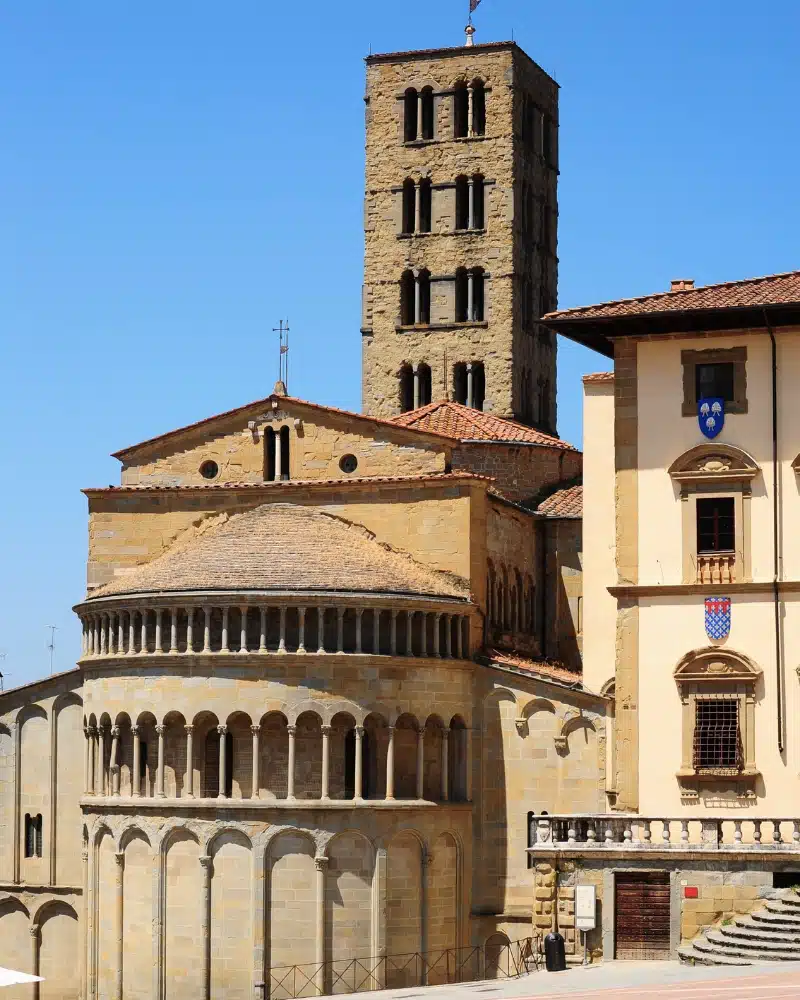
18. Pisa: Home of the Leaning Tower
Pisa is renowned worldwide for its iconic Leaning Tower, a medieval architecture and engineering marvel. Beyond this famous landmark, Pisa offers visitors a treasure trove of historical and cultural attractions.
The city’s heart, the Piazza dei Miracoli or Square of Miracles, is home to the magnificent Pisa Cathedral, a masterpiece of Romanesque architecture adorned with intricate marble facades and stunning bronze doors. Nearby, the Baptistry, with its acoustically perfect interior and impressive dome, and the Camposanto Monumentale, a monumental cemetery housing ancient Roman sarcophagi and impressive frescoes, complete the ensemble.
Pisa’s long history as a maritime power during the Middle Ages is reflected in its grandiose architecture, much of which was financed by the Italian maritime republics.
Good to Know: Stay overnight to see off the tour groups from Florence and have the undiscovered historic city center to yourself.
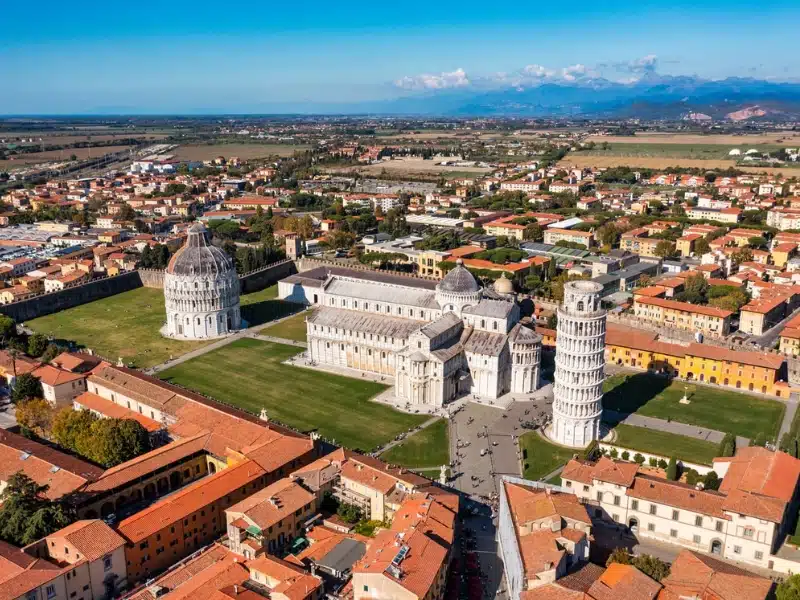
19. Rimini: The Seaside City
Rimini, situated along Italy’s Adriatic coast, beckons with its blend of historical charm and beachfront atmosphere. Known for its expansive sandy beaches lapped by the azure waters of the Adriatic Sea, Rimini is a popular destination for sun-seekers, party lovers, and history enthusiasts alike.
The city boasts a history dating back to ancient Roman times, evident in its well-preserved Roman amphitheater and the Augustus Arch, a triumphal arch commemorating Emperor Augustus. Visitors can also explore the historic center’s cobblestone streets lined with medieval buildings and visit the Malatesta Temple, a masterpiece of Renaissance architecture.
Rimini is also the nearest Italian city to the independent Republic of San Marino, which is well worth a visit. One of the world’s oldest republics, founded in 301 AD, San Marino is perched atop Mount Titano. Its medieval streets wind around ancient stone walls, leading to historic landmarks such as the Guaita Tower, the oldest of the three fortress towers that symbolize the republic’s defensive heritage.
Good to Know: Although the beautifully lined-up sun loungers beckon, they are not free. You must pay to rent a lounger, chair, and umbrella if you want to enjoy the beach.
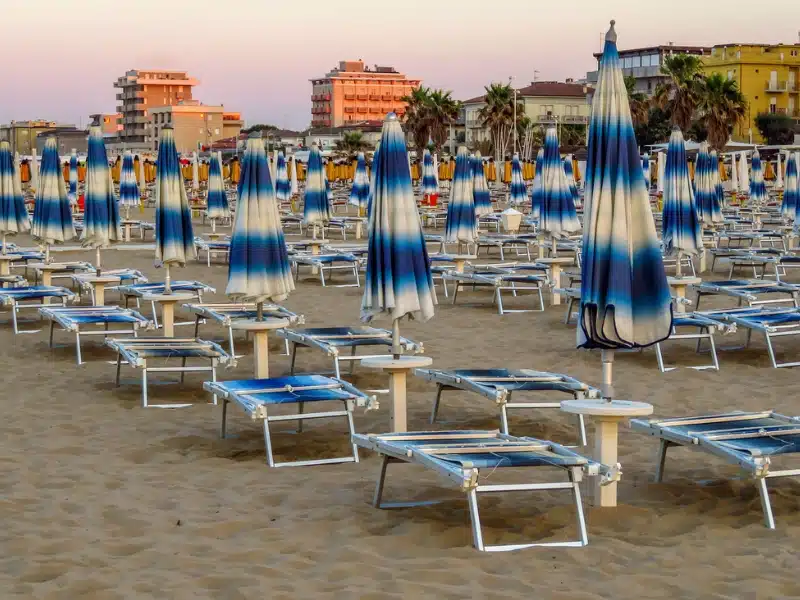
20. Lecce: Florence of the South
Lecce is a gem of Baroque architecture in Puglia. Known for its ornate churches, palaces, and squares, Lecce showcases a unique style of Baroque known as ‘Lecce Baroque,’ characterized by elaborate decorations and intricate carvings in the local limestone, creating a stunning visual spectacle.
The city’s historical center, enclosed within ancient walls, invites visitors to wander through narrow alleys adorned with elegant façades and charming courtyards. The Piazza del Duomo is at the heart, dominated by the impressive Lecce Cathedral with its towering bell tower and elaborate Baroque interior. Nearby, the Basilica of Santa Croce showcases a facade adorned with detailed sculptures and symbols, reflecting the city’s artistic heritage.
Lecce’s cultural richness extends beyond its architecture. The city enjoys a vibrant atmosphere with lively outdoor markets, artisan workshops producing traditional crafts, and a culinary scene centered around fresh local ingredients.
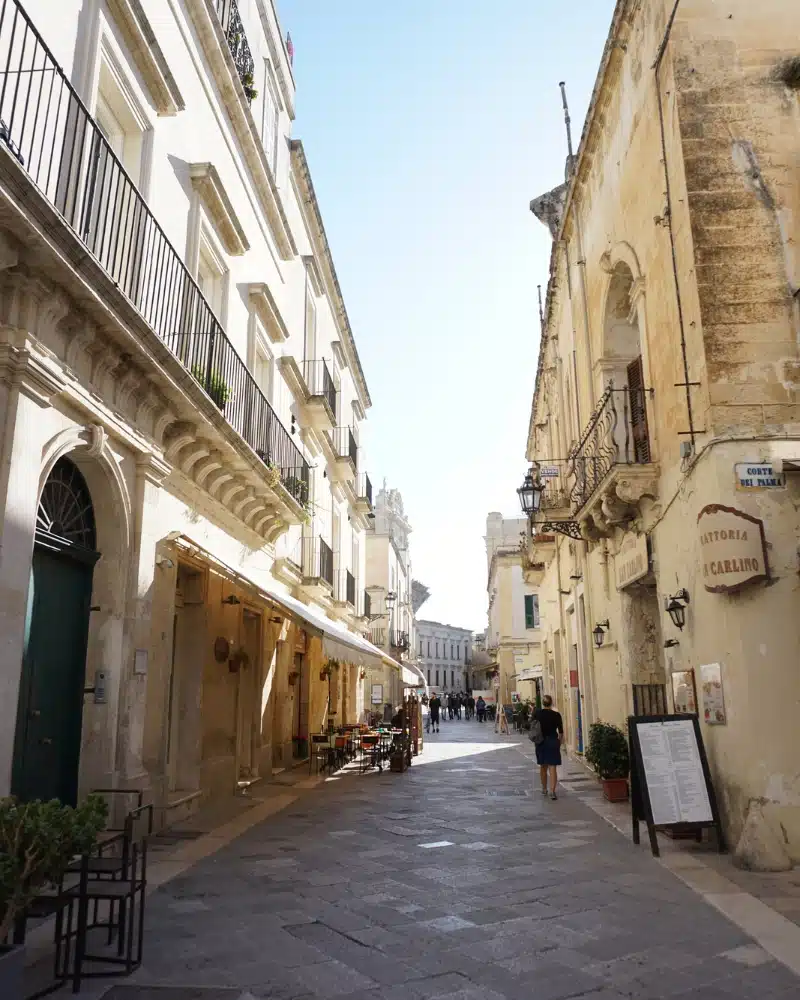
Looking for more travel inspiration? Check out these top posts…
16 of the Best Travel Destinations in January
Our 60 Before 60 Travel Bucket List
The 16 Best Second Cities in Europe You Shouldn’t Miss
Adventure Travel Bucket List: 15 Epic Experiences in Europe
Travel Trends 2026: The Year of Mindful Escapes and Meaningful Journeys
The Ultimate Europe Travel Bucket List: 15 Classic Experiences to Inspire Your Next Trip
Love it? Pin it!
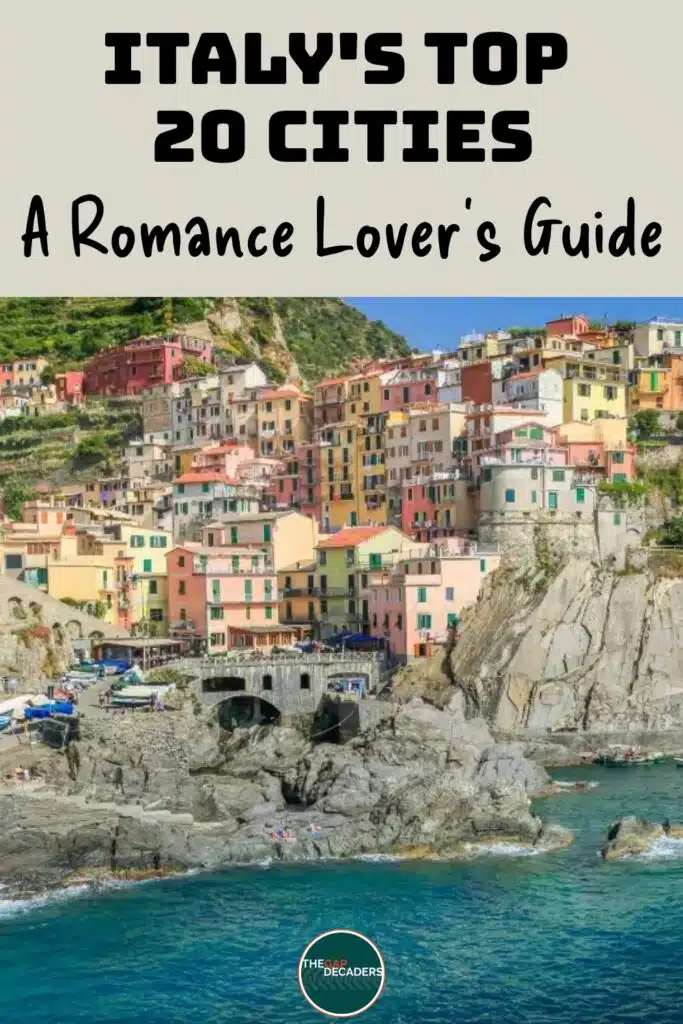
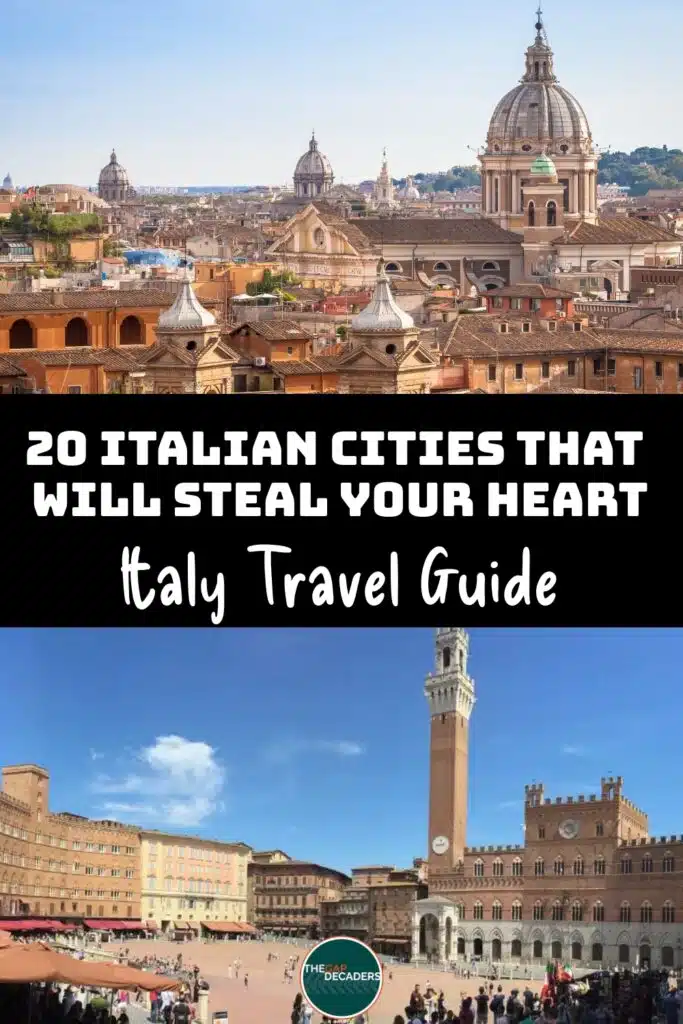

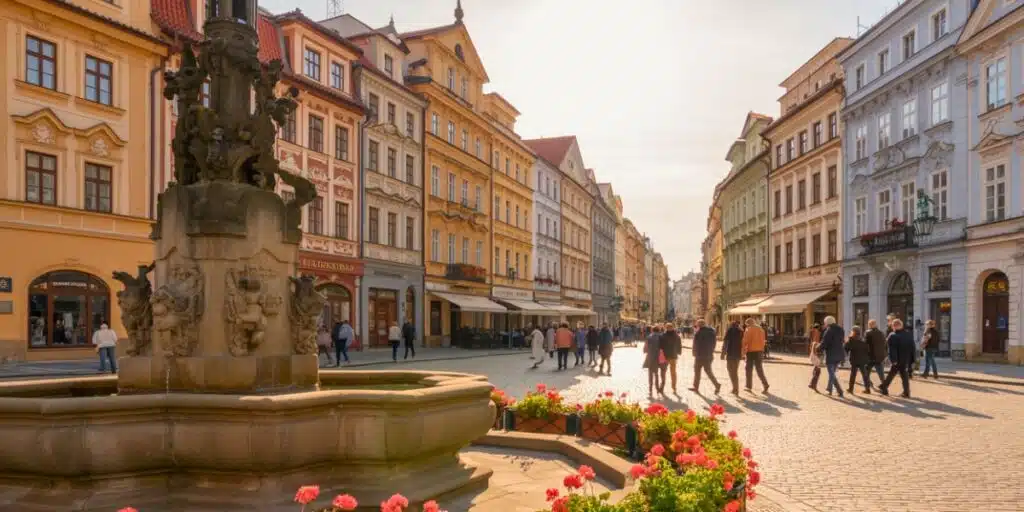
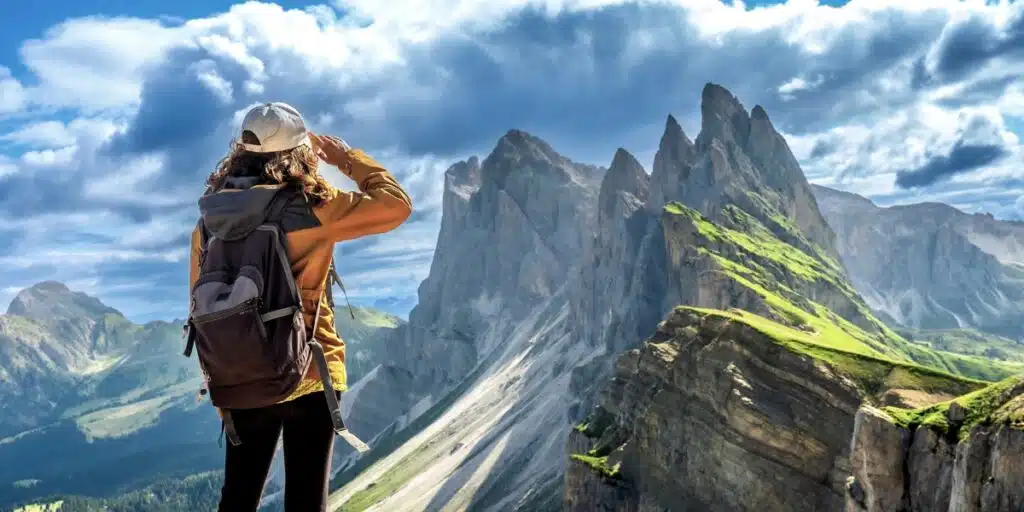

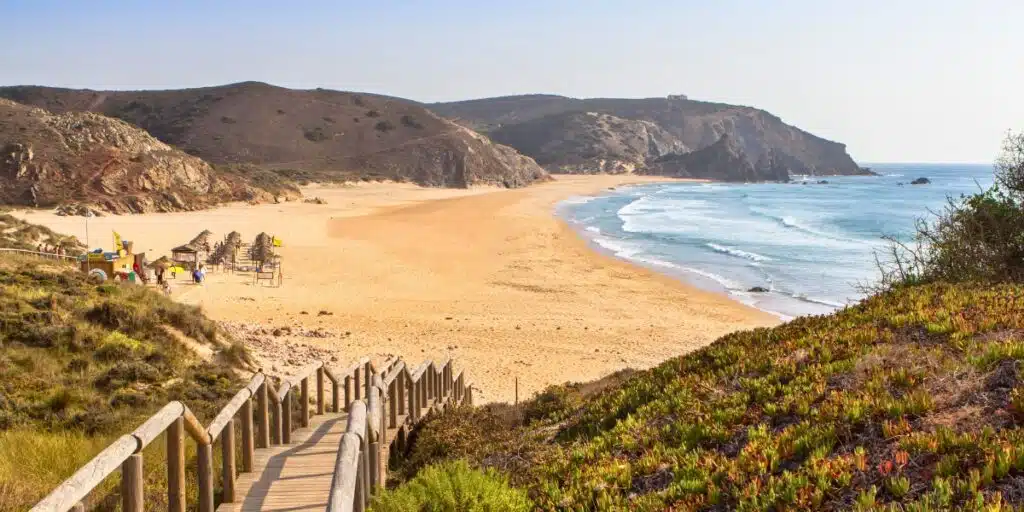
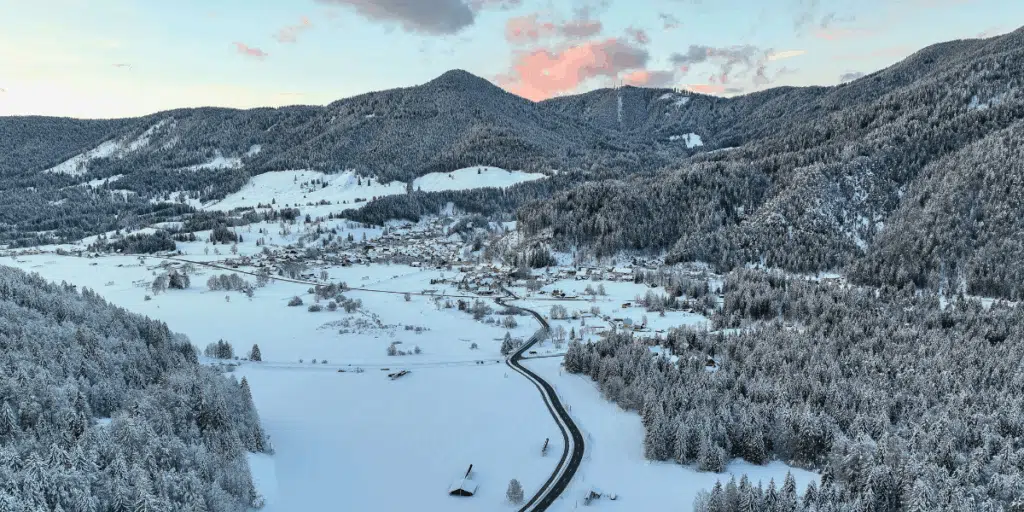

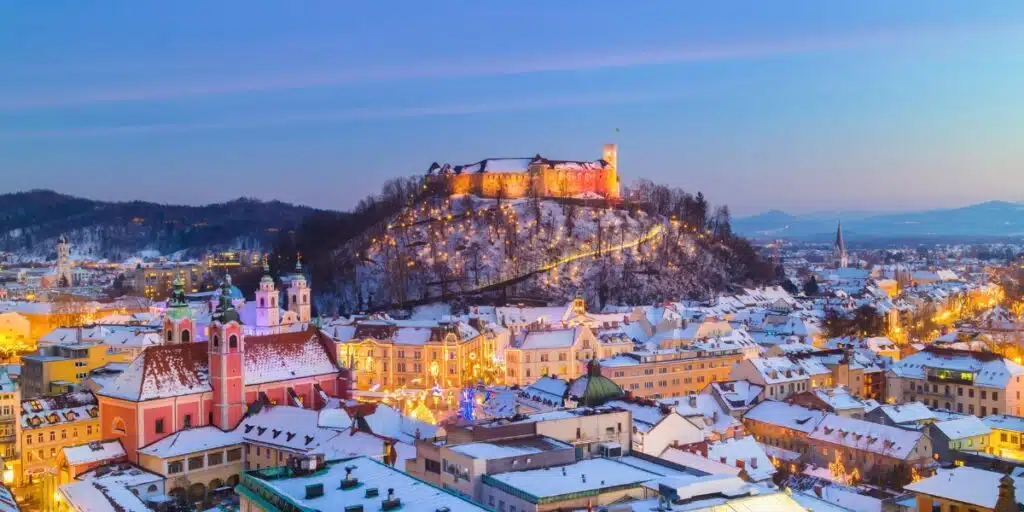
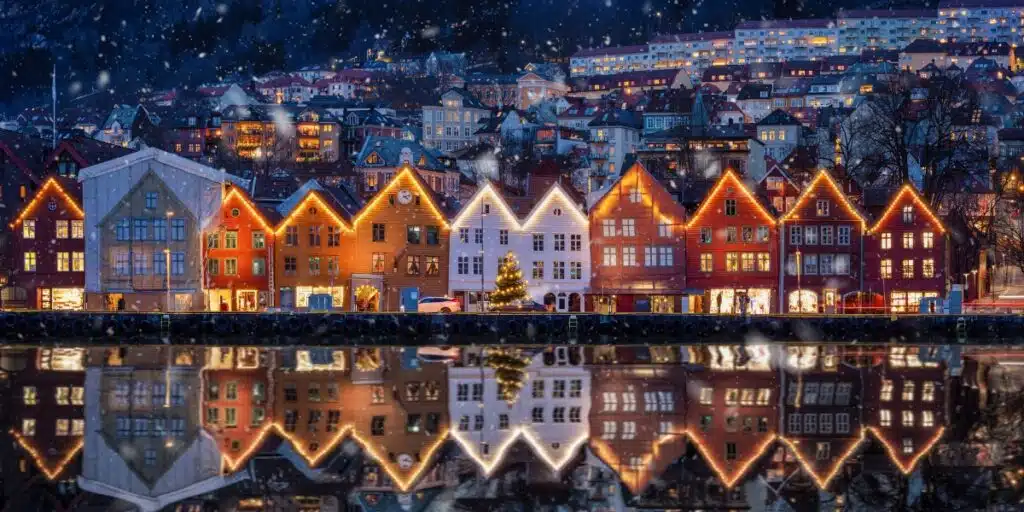
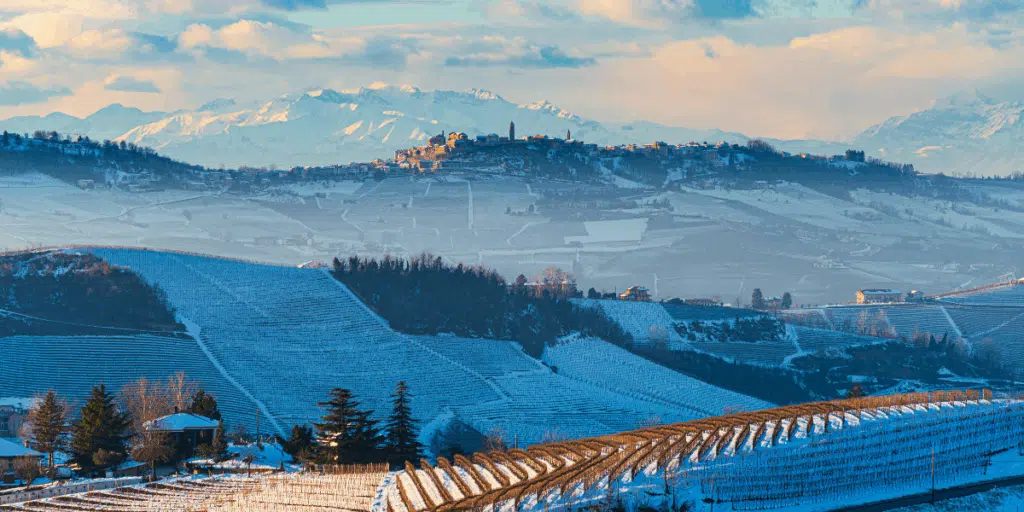
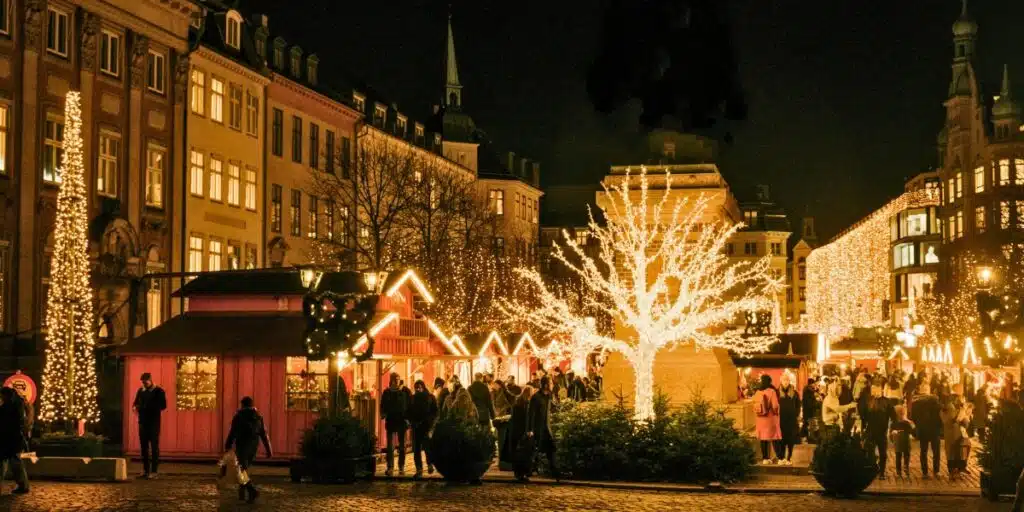
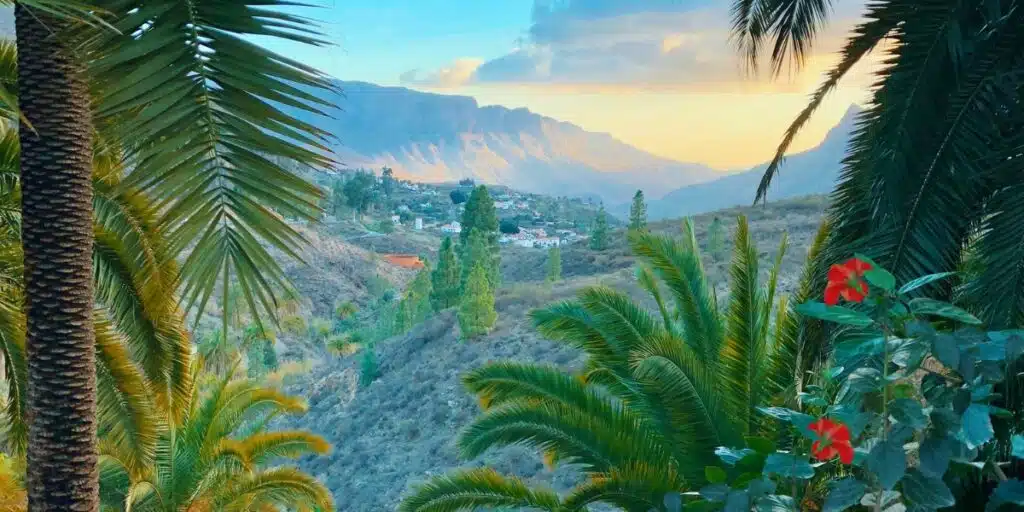



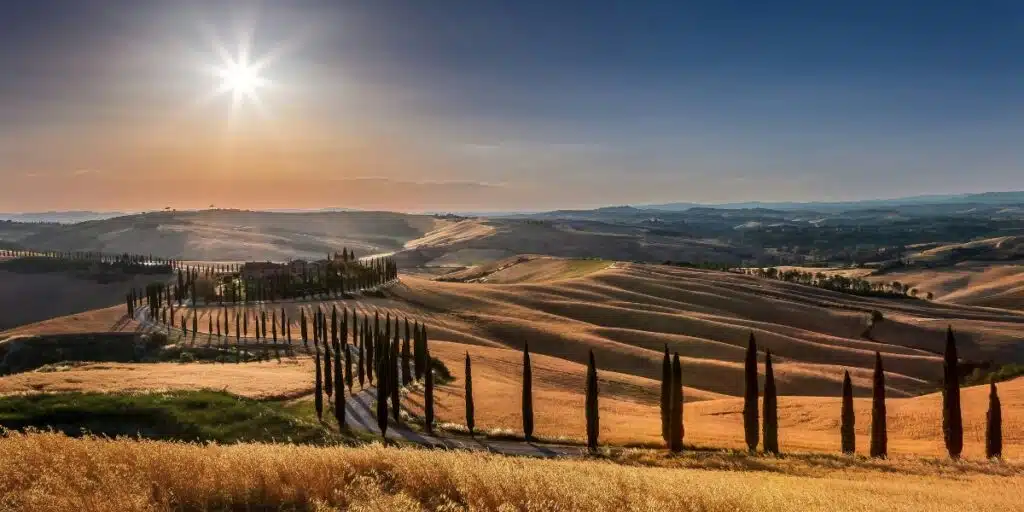
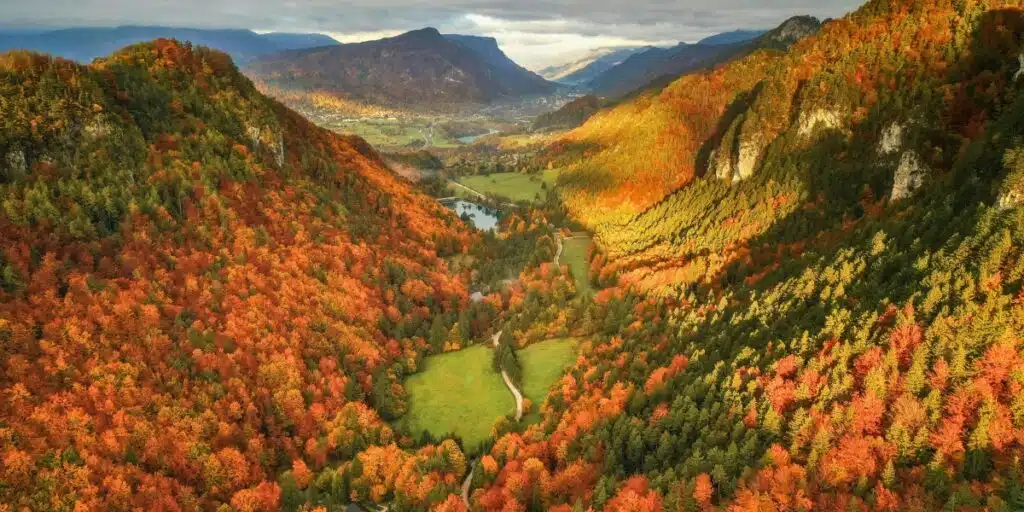
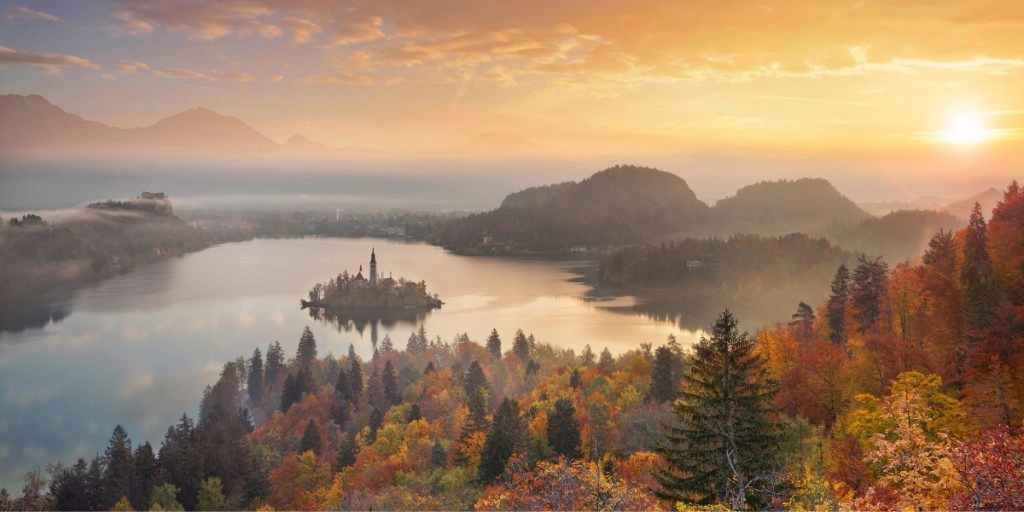
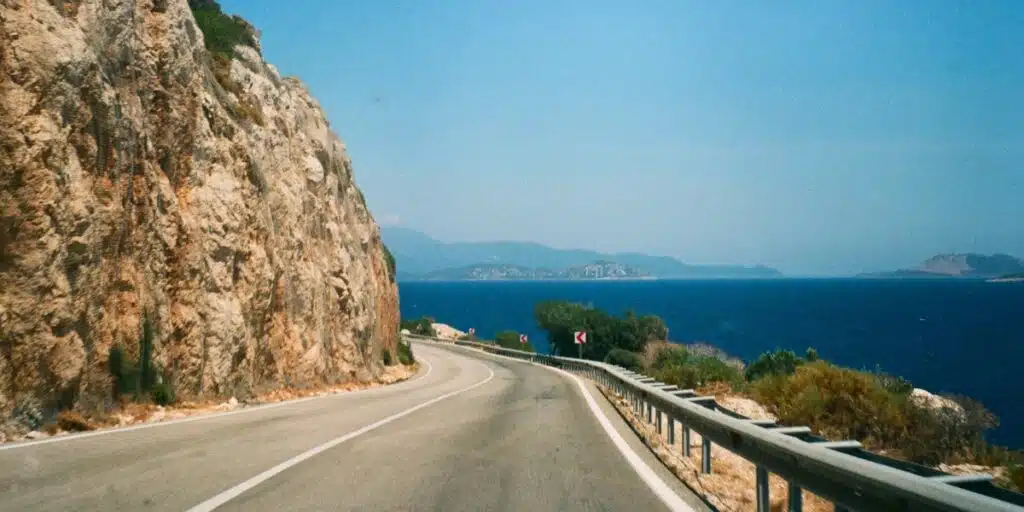
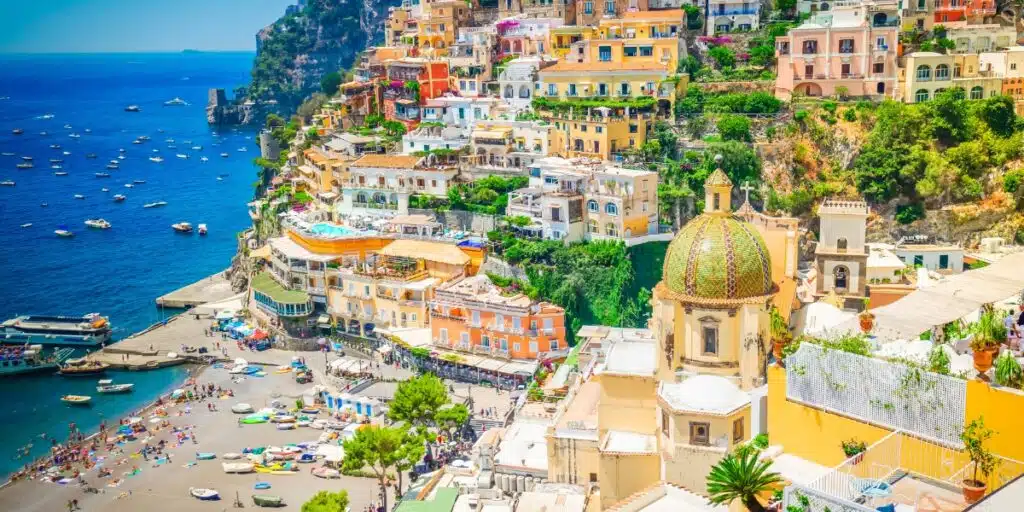
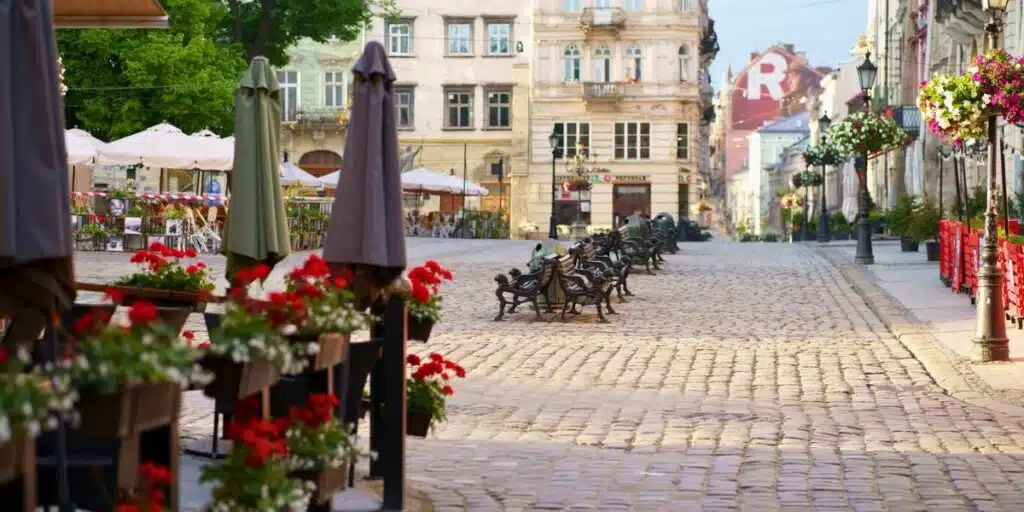
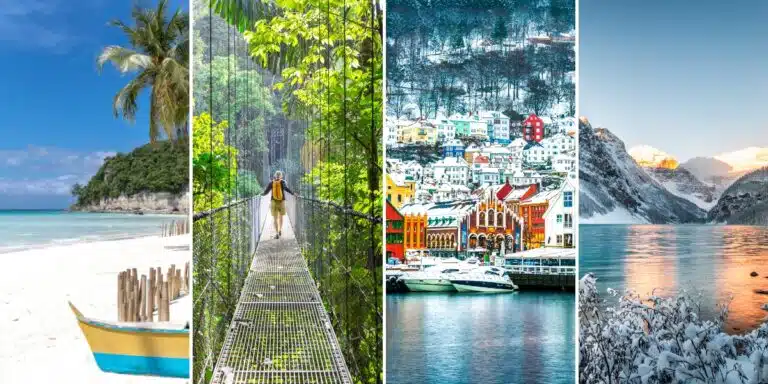

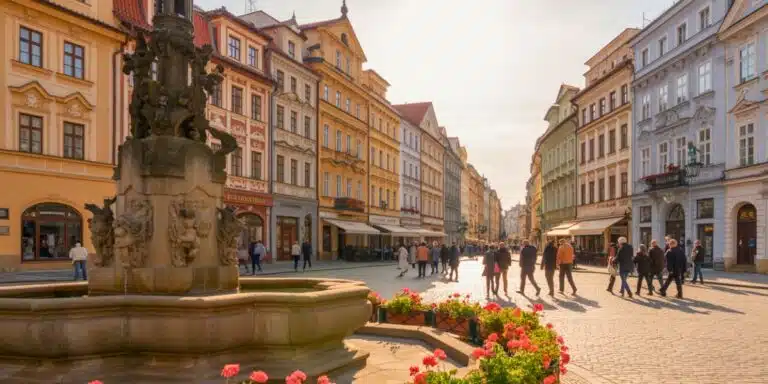
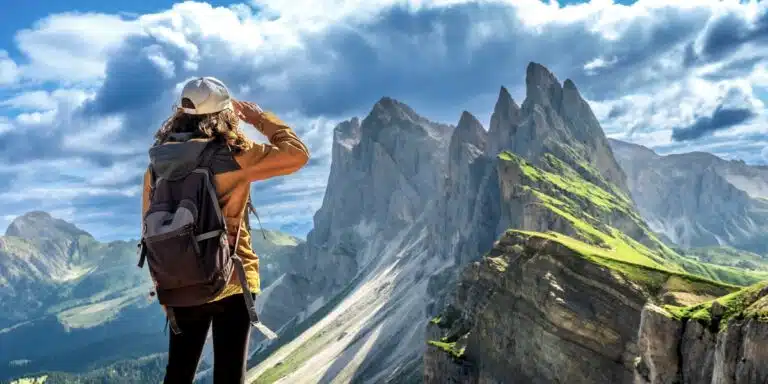
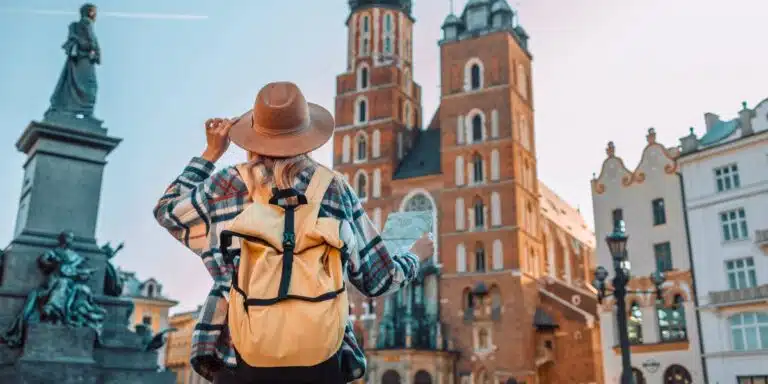

Delighted by your rundown of Italy’s must-visit, yet I’m peculiarly engrossed in L’Aquila. Its mention as ‘Abruzzo’s Hidden Gem’ piques my curiosity – does it harbor any secret societies, perhaps? Libraries brimmed with arcane knowledge, or maybe unearthly architectures hidden from the common tourist’s eye?
oh wow, didnt know that! thx for the info, definitely gonna check it out if i ever hit up Verona. sounds awesome!
Actually, you’re right! Verona is home to a Roman amphitheater, the Arena di Verona. It’s quite famous for hosting large-scale opera performances. Worth a visit if you’re interested in historical sites!
hey Izzy Nicholls, ur list is epic but i gotta ask, doesnt Verona have more than just Romeo & Juliet? heard there was some kinda arena or somethin? idk, maybe u missed it or i got it wrong lol